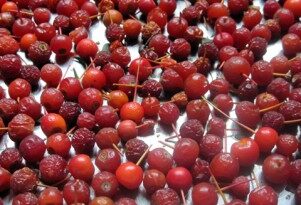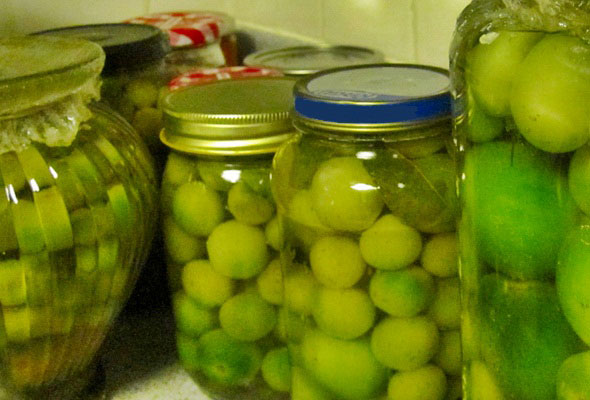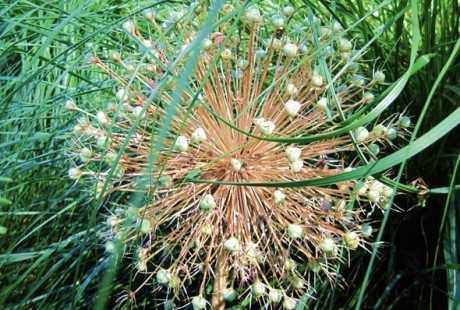vegetative reproduction
Cuttings are probably first to come to mind when one hears asexual reproduction, because this method is so widely used by commercial nurseries to propagate woody perennials and shrubs, especially roses.
The latter depend on vegetative propagation to maintain the characteristics of their hybrid, via cloning plants or grafting.
Take a six-inch cutting from a young stem, thick and sturdy but still green, bruise or split its end, dip it in rooting hormone (plain honey works too) and plant it under a jar in a location protected from excessive heat. It helps if the cutting has a few leaves, or, ideally, a spent flower, but any healthy cutting with one or two growth buds will do. Be patient, plants root in their own time, or not at all. The best proof the cut has rooted is seeing fresh growth.
Layering is a natural method of propagation for woody ramblers like raspberries, blackberries and species roses.
Pick a long flexible cane and bury parts of it in a serpentine pattern, securing the buried sections with pins so they don’t pop out.
The buried canes develop roots, and the sections can be separated from the mother plant the following year.
Mounding, or stooling, comprises burying a hard pruned shrub early in spring, in such a way that only the tips of the plant peek through the dirt. The buried stems develop roots and can be later cut off from the shrub and transplanted.
Last, a gruesome method of propagation called stomping, which works well for hostas and is exactly what it sounds like: one is supposed to stomp their early spring growth under one’s boots. This encourages the plant to grow several shoots where there only used to be one, like heads on the Hydra. I don’t have the heart!




 Previous Post
Previous Post Next Post
Next Post




